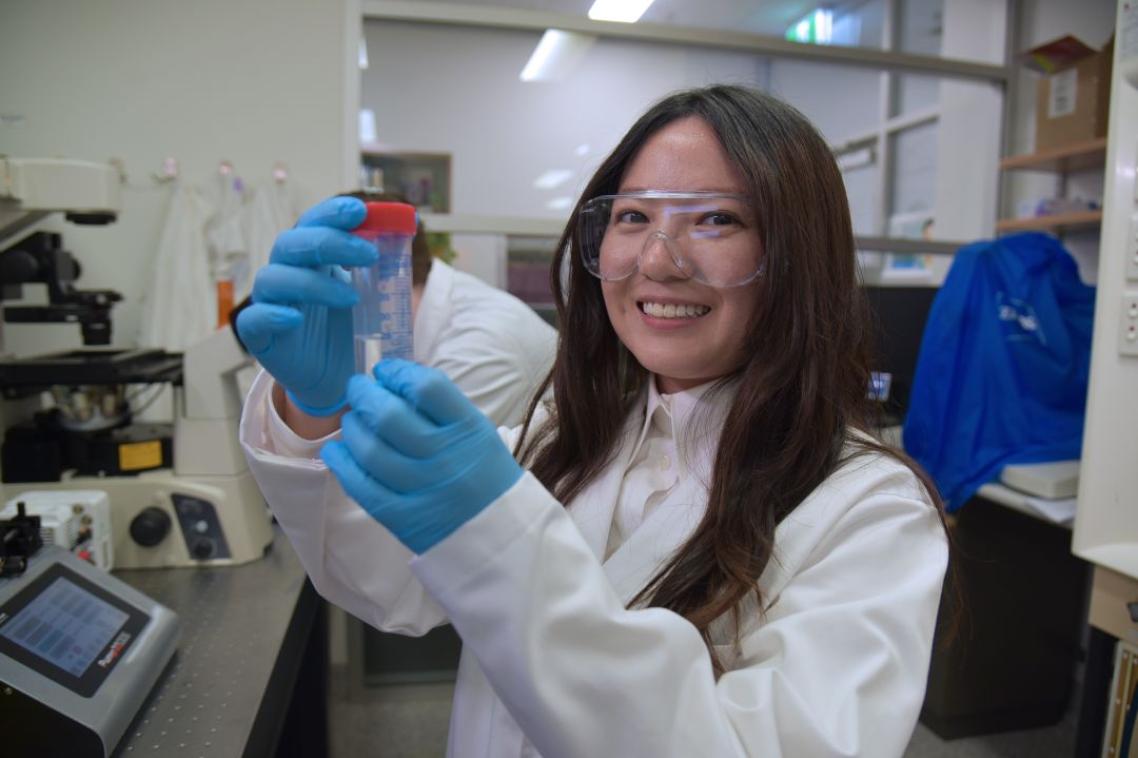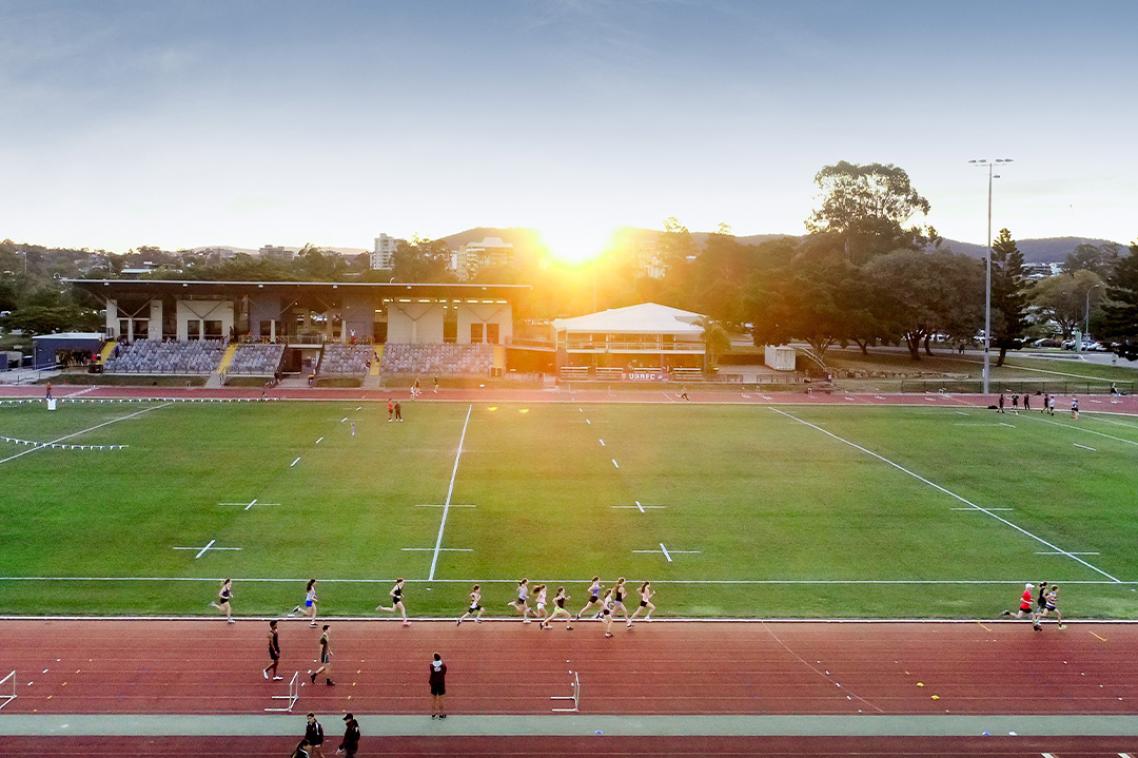International effort unlocks brain secrets

Brisbane researchers are part of an international team that has identified genetic variants that influence the structure of the brain – potentially helping determine the genetics underlying neurological diseases.
Scientists from The University of Queensland’s Centre for Advanced Imaging (CAI), the UQ School of Psychology and the QIMR Berghofer Medical Research Institute are among 300 researchers from 193 institutions who have shared results to improve understanding of the brain structure and development.
The global ENIGMA (Enhancing Neuro Imaging Genetics through Meta-Analysis) research involves genetic data and MRI scans from more than 30,000 people.
Dr Sarah Medland, from UQ’s School of Psychology and QIMR Berghofer, said that the international study had identified five genetic variants that influence the size of structures within the brain.
“We focused on seven sub-cortical regions (the areas deep within the brain), which are associated with memory, movement, learning and motivation,” Dr Medland said.
The Centre for Advanced Imaging’s Dr Katie McMahon said the pairing of neuroimaging and genetics was a great tool for understanding brain development and the genes behind it.
“This type of study is only possible by large collaborative groups working together, and the generous volunteers from the general public,” Dr McMahon said.
“The discovery of common genetic variants affecting the human brain is now feasible using collaborative analysis of MRI data, and may determine genetic mechanisms driving development and disease.”
ENIGMA co-founder Professor Paul Thompson, from the University of Southern California, said the project screened brain scans and genomes worldwide, seeking factors that helped or harmed the brain.
“This large sample size of 30,000 people and the sheer wealth of data gives us the power to crack the brain’s genetic code,” Professor Thompson said.
UQ researchers involved in the study are Associate Professor Katie McMahon, Associate Professor Greig de Zubicaray, Dr Margie Wright and Associate Professor Sarah Medland.
The study is published in Nature.
Media: Rebecca Osborne, Centre for Advanced Imaging Deputy Director (Operations), 07 3365 4235, rebecca.osborne@cai.uq.edu.au; Faculty of Health and Behavioural Sciences Marketing Officer Kimberley Bennett, 07 3346 3037, k.bennett@uq.edu.au.
Related articles

Low-cost tool could one day detect leukemia in a patient’s saliva

UQ hosts global summit: harnessing the power of sport for innovation
Media contact
UQ Communications
communications@uq.edu.au
+61 429 056 139
